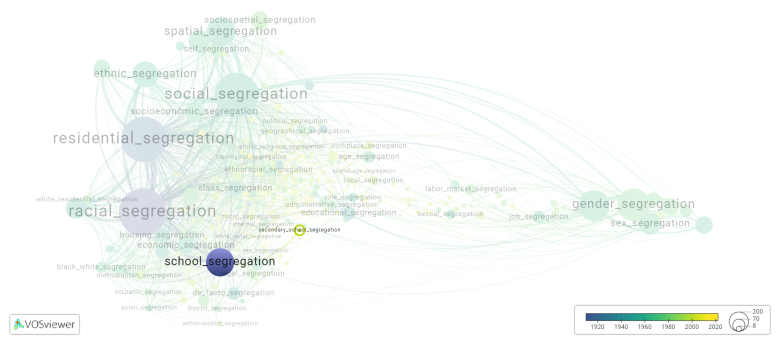Secondary school segregation
Date and country of first publication[1]
2010
United Kingdom
Definition
Secondary school segregation refers to the practice of separating students based on race, ethnicity, socio-economic status, or other characteristics in secondary schools. This segregation can manifest through tracking or streaming students into different academic programs or classes, creating separate schools for certain groups of students, or providing unequal resources and opportunities to different student populations.
This segregation can have detrimental effects on students, leading to disparities in educational outcomes, opportunities, and resources. It can also perpetuate existing inequalities and reinforce stereotypes and biases. Efforts to promote integration and diversity in secondary schools are essential in addressing these issues and ensuring equitable education for all students.
See also
Related segregation forms
Secondary school segregation is frequently discussed in the literature with the following segregation forms:
school segregation, hispanic black segregation

This visualization is based on the study The Multidisciplinary Landscape of Segregation Research.
For the complete network of interrelated segregation forms, please refer to:
References
Notes
- ↑ Date and country of first publication as informed by the Scopus database (December 2023).
Secondary school segregation appears in the following literature
Cheng S.C., Gorard S. (201). Segregation by poverty in secondary schools in England 2006 2009: A research note. Journal of Education Policy, 25(3), 415-418. https://doi.org/10.1080/02680931003699542
Fiel J. (2015). Closing ranks: Closure, status competition, and school segregation. American Journal of Sociology, 121(1), 126-170. University of Chicago Press.https://doi.org/10.1086/682027
Lam B.O.-Y., Byun S.-Y., Lee M. (2019). Understanding educational inequality in Hong Kong: secondary school segregation in changing institutional contexts. British Journal of Sociology of Education, 40(8), 1170-1187. Routledge.https://doi.org/10.1080/01425692.2019.1642736
